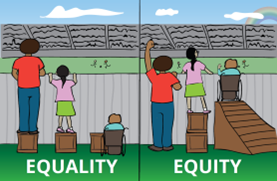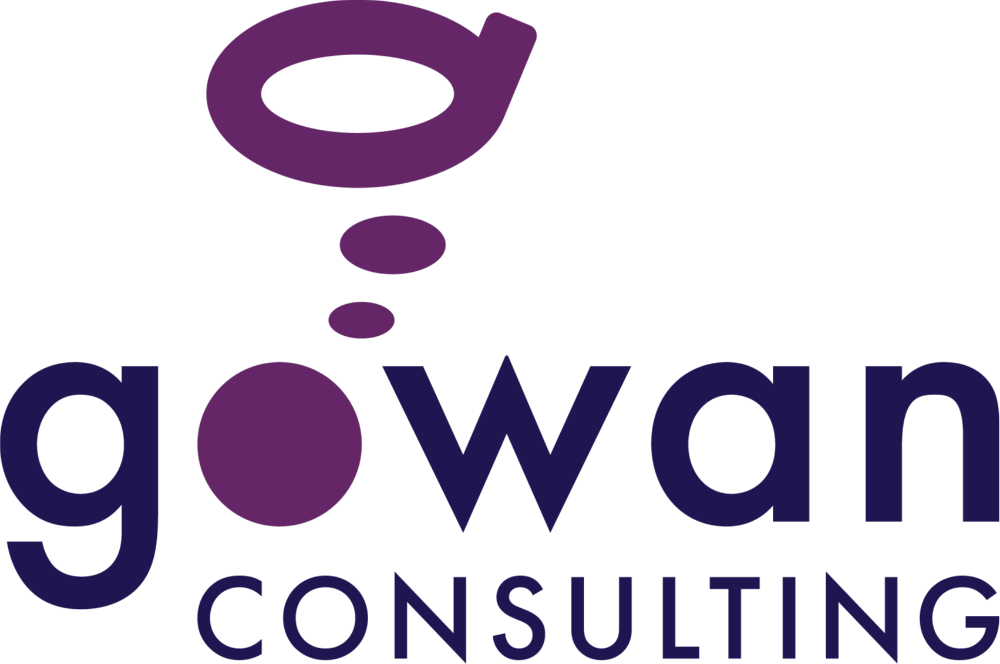What Is Psychologically Safe Leadership?
Aug 19, 2022
Psychological safety in the workplace involves a work environment that allows their employees to feel safe being themselves at work. The workplace is responsible for ensuring they create a safe space for their employees to voice their opinions, thoughts, or ideas without worrying of repercussions or judgement. Some examples of what employees should feel safe about include the following:
- asking for help
- expressing concerns
- recognizing mistakes
- getting constructive feedback
- knowing with certainty they won’t be bullied or harassed
- being authentic within the organization’s code of conduct
- being innovative, bringing new ideas to the table, and accepting recognition
Individuals who have been traditionally marginalized are more susceptible to feeling psychologically unsafe at work. This includes women, racialized employees (non-Caucasian), and LGBTQ+ employees. Statistics show that women who are outnumbered by men in the workplace are 75% less likely to speak up; racialized employees are more likely to be “downgraded” in their performance evaluation than Caucasian employees; and employees who identify as LGBTQ+ are more likely to identify their workplace as non-inclusive, as well as experience higher rates of depression, anxiety, obsessive-compulsive and phobic disorders, suicidality, self-harm, and substance use than their cis heterosexual peers.
Duty to Keep Employees Safe
Leaders in the workplace have a duty to keep their employees safe. Under the Occupational Health & Safety Act, Human Rights Code, and Employment Law, leaders have a responsibility to have due diligence for a safe, respectful, and inclusive workplace. In addition, National Standards for Psychological Health and Safety in the Workplace, created in 2013, provides guidance on how employers can have a psychologically safe workplace.
The Key to Psychological Safety
For the implementation of psychological safety in the workplace to be successful, it is important to highlight what motivates diverse workers to bring their true selves to work. Equity, diversity, and inclusion (EDI) is key to providing a psychologically safe work environment.

A version of the equality vs. equity picture that highlights the importance of inclusion of people with disabilities. Image source: Maryam Abdul-Kareem.
The above image can help us better understand the difference between equality and equity. Equality is defined as providing the same resources and opportunities to individuals or groups, whereas equity allocates those same resources and opportunities depending on each person’s needs and circumstance. This results in an equal outcome (MARINHSS, 2022). In a diverse workplace, equity ensures the opportunity to be included in activities, discussions, and developments.
Healthy work is when…
- Physical risk factors are reduced
- Psychosocial risk factors are reduced
- Proper fit to job according to employee skills and abilities
- Leaders are inclusive
Inclusive leader traits include…
- Awareness of bias
- Humility
- Collaborative spirit
- Authenticity – Vulnerability and Empathy
- Compassion
Psychological health and safety have become of high importance in the workplace. In fact, in the National Standard of Canada for Psychological Health and Safety in the Workplace (the Standard), competent leadership is a requirement (CSA Group, 2018). Undergoing a self-assessment as a leader/organization is a great starting point to becoming an Inclusive Leader.
13 Psychological Factors in the Workplace
Being aware of the psychological factors in the workplace is important because, as a leader, you know what is at risk if leaders are not properly trained in psychological safety. Awareness of these factors allows us to take better care of our employees. The 13 Psychological Factors in the workplace include the following:
- Clear leadership and expectations
- Recognition and reward
- Involvement and influence
- Engagement
- Balance
- Psychological and social support
- Civility and respect
- Workload management
- Psychological protection
- Psychological job fit
- Protection of physical safety
- Organizational culture
- Growth and development
The Psychological Safe Leader Assessment
The Psychologically Safe Leader Assessment is a free resource tool which aids in assessing the psychological health and safety strategies of those in leadership roles. Leaders are highly encouraged to receive training and learn new skills in order to
- prevent psychological harm;
- promote psychological health of workers; and
- address problems related to psychological health and safety.
In order to achieve this, it’s important for organizations to have an established process to refer to when assessing psychologically safe leadership competencies (Psychologically Safe Leader, 2022). The self-assessment aids in identifying current positive strategies that are in place as well as suggests what strategies can be implemented. The assessment is broken down into five categories of skills:
- Communication and Collaboration
- Social Intelligence
- Problem Solving and Conflict Management
- Security and Safety
- Fairness and Integrity
How Can Gowan Consulting Help?
Gowan Consulting has many resources for assisting with managing psychological health in the workplace. We’re in a new era of inspiring positive change surrounding mental health in the workplace, and we want to talk about it, understand it, and be open about it!
Gowan Consulting can assist with auditing for risks and implementing the psychological health and safety in the workplace standards. Our Occupational Therapists can provide training to your managers on supporting mental health in the workplace and provide training for employees on mental health resiliency.
Tools and Strategies
- Provide employees with objective intervention for mental health support by providing employees with peer support and mental health walk in clinics. These programs connect employees with other resources to ensure recovery and focus on work-life balance and health. To learn more, contact us!
- Check out our extensive array of Mental Health webinars. They cover topics such as resiliency, breaking down the stigma, mindfulness, and more. We can also provide customized sessions for your whole organization.
- We provide Psychological Safety at Work Training and Manager Mental Health Training for your team. Our online workshops and courses cover all the areas of psychological risks within the workplace and assists employers in assessing and reducing the risk by implementing strategies and tools within the workplace.
- Identify and support those who require adjustments or flexibility in their work to manage mental health concerns – get help from an Occupational Therapist. You can make a referral here.
Citations
Janet, R. (2022). The Role of Psychological Safety in DEI. CADIA. Retrieved from The Role Of Psychological Safety In DEI - Center for Automotive Diversity, Inclusion and Advancement
(2022). Equality v. Equity. MARINHHS. Retrieved from: https://www.marinhhs.org/sites/default/files/boards/general/equality_v._equity_04_05_2021.pdf
(2018). Psychological Health and Safety in the Workplace. CSA Group. Retrieved from Psychological health and safety in the workplace (csagroup.org)
(2022). About the Psychologically Safe Leader Assessment. Psychologically Safe Leader. Retrieved from
Psychologically Safe Leader Assessment

